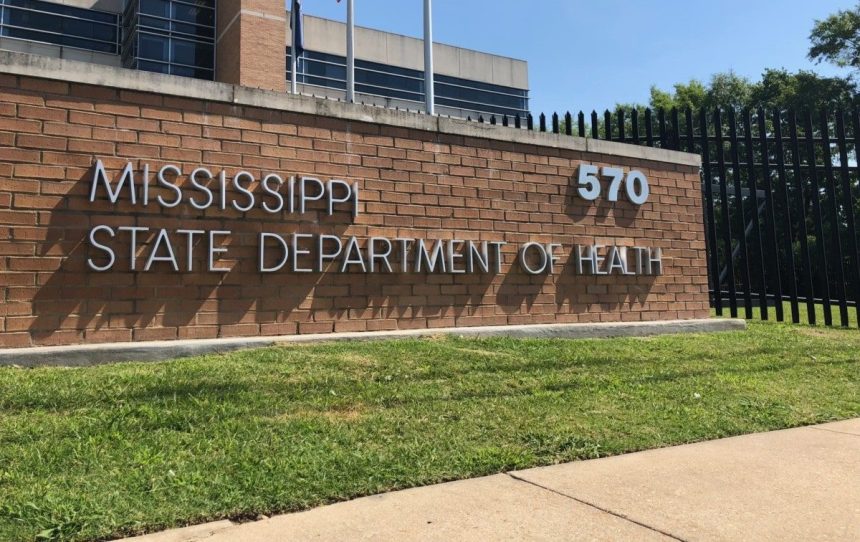There are currently 86 health departments across the entirety of Mississippi, allowing residents in nearly every county to have access to at least one building that provides public health to the area.
According to State Health Officer Dr. Dan Edney, the number of county health departments continued to grow until about two decades ago.

“Now, we only have 82 counties, but we have two counties that are too small for a health department and then we have a few counties with multiple,” Edney explained.
He added that although many counties across Mississippi do invest in their county health department, some are not interested in funding or maintaining the building.
“It’s important to know that your county health department building is a county building, it’s not a state building, it’s not a health department building. By statute, every county that has a health department has to provide that building,” Edney said. “They are not required to maintain it nor are they required to fund it, and they’re not required to fund the health department in their county.”
At this time, several county health departments are forced to remain closed several days of the week due to the lack of staffing and funding needed to keep the doors open.
“I don’t have enough nurses to staff 86 county health departments, much less to have enough doctors,” Edney said. “In 2012, we had nine public health physicians located around the state. After our budget cuts in 2016 and 2017 where our appropriation was cut by 50 percent, we had to scale back and reduce the workforce and went from nine physicians to three regional.”
So far, Edney has requested additional funding for 100 nursing positions from the state legislature, as well as asked counties to provide for public health in areas in need.
“Providing for the public health needs of Mississippians in the 21st century is a challenge. We are underfunded,” Edney stated. “We don’t fund public health like we did prior to 2016. There’s just not enough money to provide county health departments in each county unless counties are helping us with that.”
Continue watching below to see the full interview.







